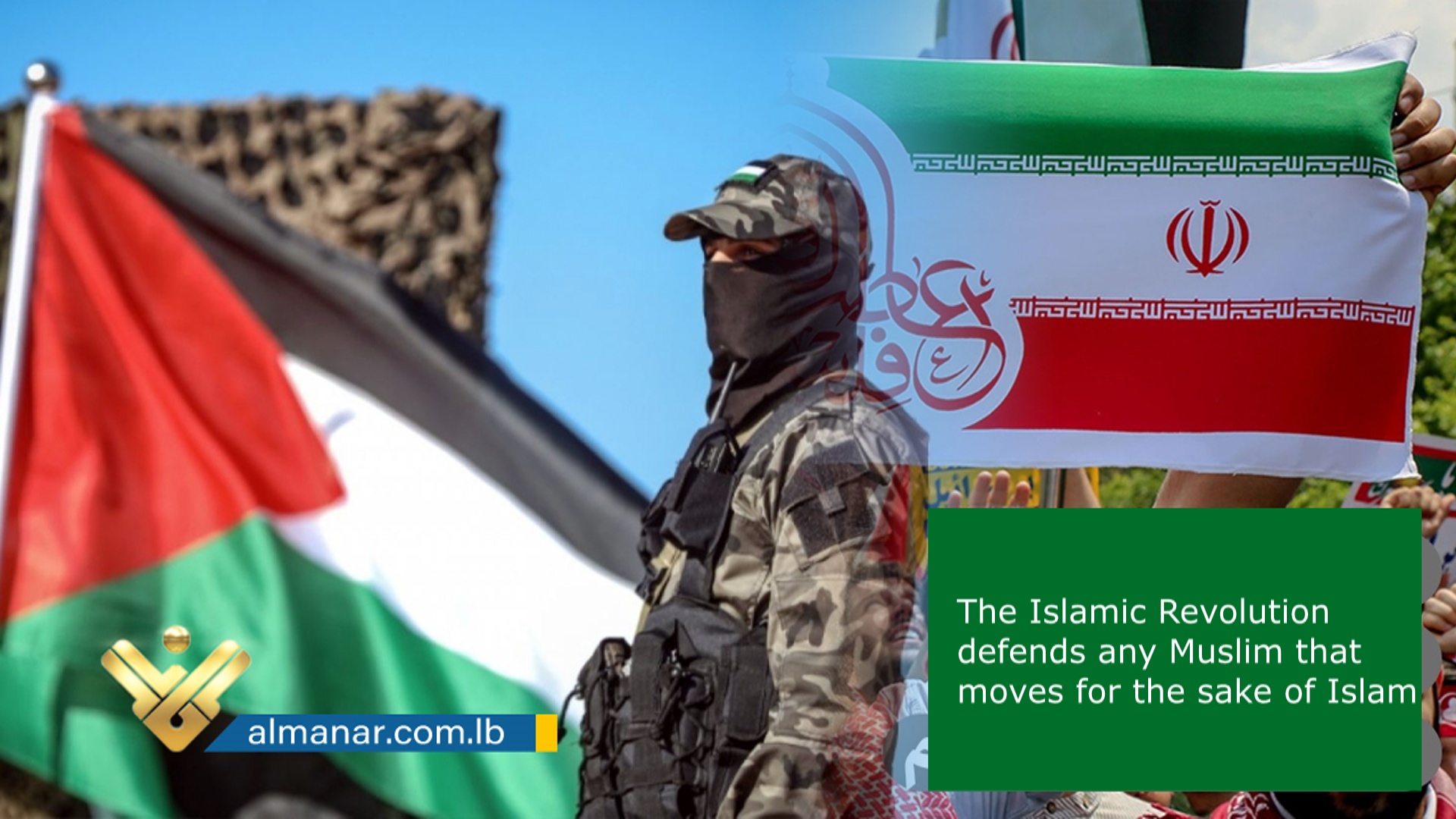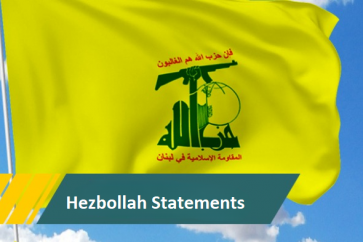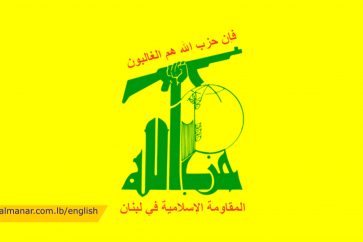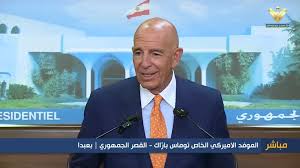Ahmad Farhat, Translated and Edited by Mohammad Salami
Hezbollah Secretary General Sayyed Hasan Nasrallah stressed, during a speech last month, that , the most important factor of strength in the axis of resistance is the Islamic Republic of Iran, wondering where Palestine would be without the Iranian role.
The signing of Camp David Accords crowned the US-brokered Egyptian concessions to the Israeli enemy, knowing that the most prominent event in this context was the visit of the Egyptian President Anwar Al-Sadat to the Zionist entity in November, 1977.
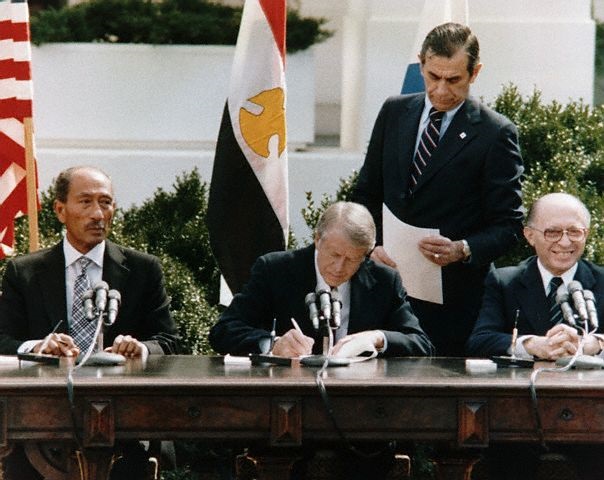
Since the end of the 1973 war and the advent of Egypt’s settlements era, the military formulas in the region had changed. The Arab countries, consequently, could not fight on one front against the Israeli enemy which managed to hold bilateral ‘peace’ agreements with the Arab countries in order to avoid facing them altogether.
The Arabs suffered then from a wide case of frustration amid the collapse of the Common Arab Security.
With respect to the Zionist entity, the Arab countries would no longer be able to attack ‘Israel’ without the participation of Egypt despite the fact that the Israeli enemy continued carrying out its occupation and expansion schemes. In this regard, the Zionist enemy invaded Lebanon in 1978 and 1982 and struck the Palestinian resistance.
The following video shows the Palestinian resistance fighters leaving Lebanon in 1982:
Hope Rising in the East
Amid the tragic developments, Imam Ruhollah Khomeini led the Islamic Revolution in Iran to a historic victory in 1979. Just 8 days later, the Islamic Republic identified its foreign policy, granting the keys of the Israeli embassy in Tehran to Yasser Arafat, the late head of the Palestinian Liberation Organization. This established a new epoch of a strategic Iranian support to the Palestinian cause.
Since its victory, the Islamic Revolution in Iran rejected and confronted all the schemes which targeted the Palestinian cause, providing all the possible means of support to the Palestinian resistance and intifada. The Iranian authorities have been also supporting and funding the Palestinian camps in the diaspora in order to maintain the steadfastness of the refugees.
On August 7, 1979, late founder of the Islamic Revolution, Imam Ruhollah Mousavi Khomeini designated the last Friday of Ramadan holy month as the International Al-Quds Day. Since then, Al-Quds Day has become a day all Muslims and oppressed people across the world rally for Al-Quds and Palestine against the Zionist occupation.
The Islamic Republic in Iran has been also supporting the Palestinian resistance factions which have committed to the rules of Islam.
Axis of Resistance
The axis of resistance led by the Islamic Republic of Iran engaged in several wars in Lebanon and Palestine. Iran supported founding Hezbollah Islamic Resistance that cooperated with the Palestinian resistance to reach victories.
This cooperation appeared clearly during Al-Quds Sword battle in 2021 between Gaza resistance and the Israeli enemy when Hezbollah, IRGC, and Hamas established a chamber of military operations in Beirut during the recent Israeli aggression on Gaza.
This axis, which has sacrificed a large number of martyrs crowned by the former head of IRGC’s Al-Quds Force martyr General Qassem Suleimani, has set praying at Al-Aqsa Mosque as a strategic target.
The video that follows the huge support demonstrated by the Iranian people to the Palestinian cause on various occasions,including mainly Al-Quds Day.
Source: Al-Manar English Website

